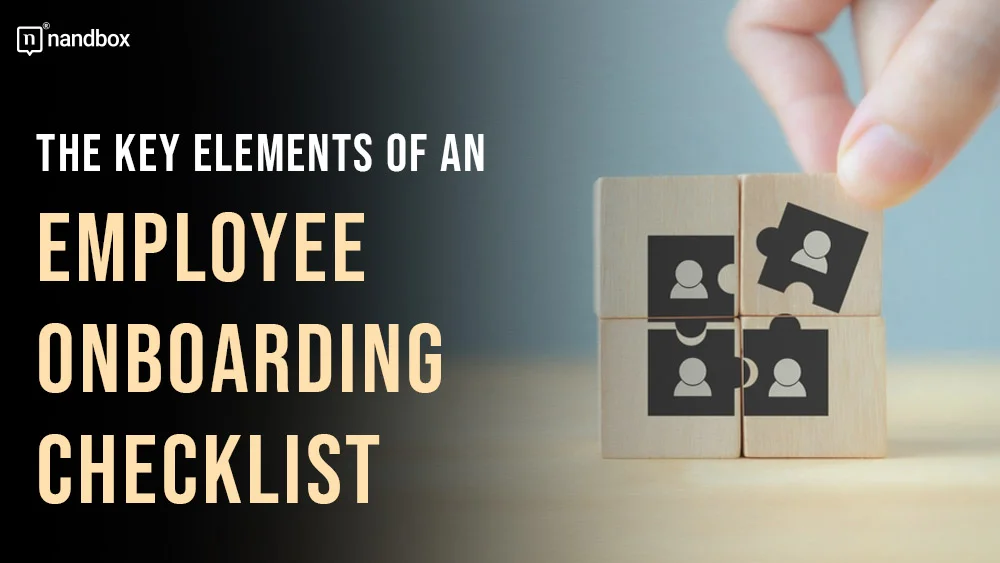Employee orientation is a process that lays the foundation for team members to make meaningful contributions to a company’s growth. An inclusive onboarding program ensures that fresh hires feel valued, well-informed, and supported right from the get-go. To achieve this, organizations must have a crafted checklist for employee onboarding. In this comprehensive article, we’ll delve into the components that should be incorporated into an employee onboarding checklist.
1. Communication and preparation before arrival
When employees set foot in their new work environment, utilizing an employee onboarding checklist becomes essential to establish clear expectations and provide them with necessary details. Pre-arrival communication may involve sharing information about their day schedule, dress code guidelines, parking instructions, and any required documents or forms.
Moreover, providing reading materials or company policies in advance can help newcomers acquaint themselves with the organization’s ethos and principles. This proactive approach showcases the company’s commitment to its success right from the start.
2. Setting up the workspace and providing equipment
Upon a hire’s arrival at their designated workspace, everything should be arranged for them to kickstart their work seamlessly. This involves making sure their work setup includes all the hardware (like computers or laptops), software installations (such as email programs or project management tools), access details (like usernames and passwords) for systems, and any job-specific equipment or tools they might need.
3. Getting to know colleagues and mentors
Joining a team can be quite overwhelming for someone. A designed employee onboarding program creates opportunities for hires to meet colleagues from various departments so they can build relationships early on and start feeling like part of the team. Assigning a mentor to each hire who can help them understand company procedures and address their questions in the weeks is also helpful in aiding their adjustment.
4. Training sessions
Employees must receive training on aspects of their job role and the company’s workings to become members. Offer training sessions that cover topics like company policies, safety procedures, software tools, workflows, and other processes relevant to their position.
Make sure these training sessions are scheduled day by day or according to a timetable to facilitate the employees’ absorbing and applying the knowledge at a comfortable pace. When starting a job, it’s important to avoid feeling overwhelmed by too much information all at once. This can help with retention and learning.
5. Human Resources Procedures
The onboarding process also involves HR procedures that every employee must complete. These tasks typically include signing contracts, filling out tax forms, understanding company benefits and rights, setting up payroll details, discussing leave policies, and ensuring compliance with laws.
By organizing these tasks in the employee onboarding checklist. It becomes easier for both the HR team and new hires to make sure all necessary paperwork is handled accurately and promptly.
6. Integration into Company Culture
A strong company culture plays a vital role in satisfying and retaining employees. It is vital for hires to align with this culture from the start. Facilitate this alignment through activities like team lunches or informal meetings where new employees receive a welcome to the team message and learn about company values from leaders or key employees in various departments.
Encouraging participation in networking events or online platforms that promote colleague interactions can also help new employees feel connected across teams and locations.
In Conclusion,
An effective employee onboarding checklist covers a range of elements to prepare new hires for success. By focusing on communication before new hires arrive, setting up workspaces, and providing equipment. By introducing them to colleagues and mentors, conducting training sessions, outlining responsibilities, and embedding company culture through inclusive practices, incoming employees will feel well-supported from day one.
Companies that value an onboarding process enjoy advantages such as increased employee engagement, higher retention rates, and enhanced overall productivity. Incorporating these components lays the foundation for developing an efficient employee onboarding checklist that applies to organizations of any size or industry.






